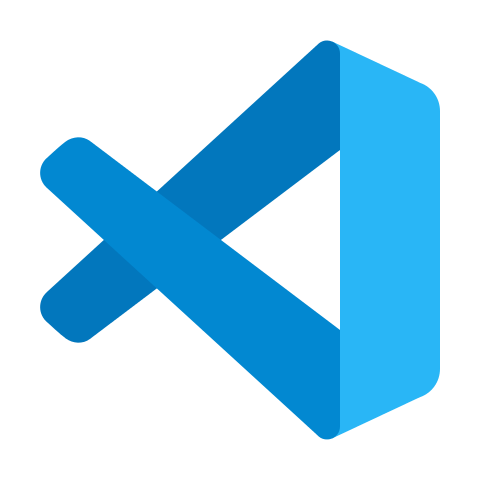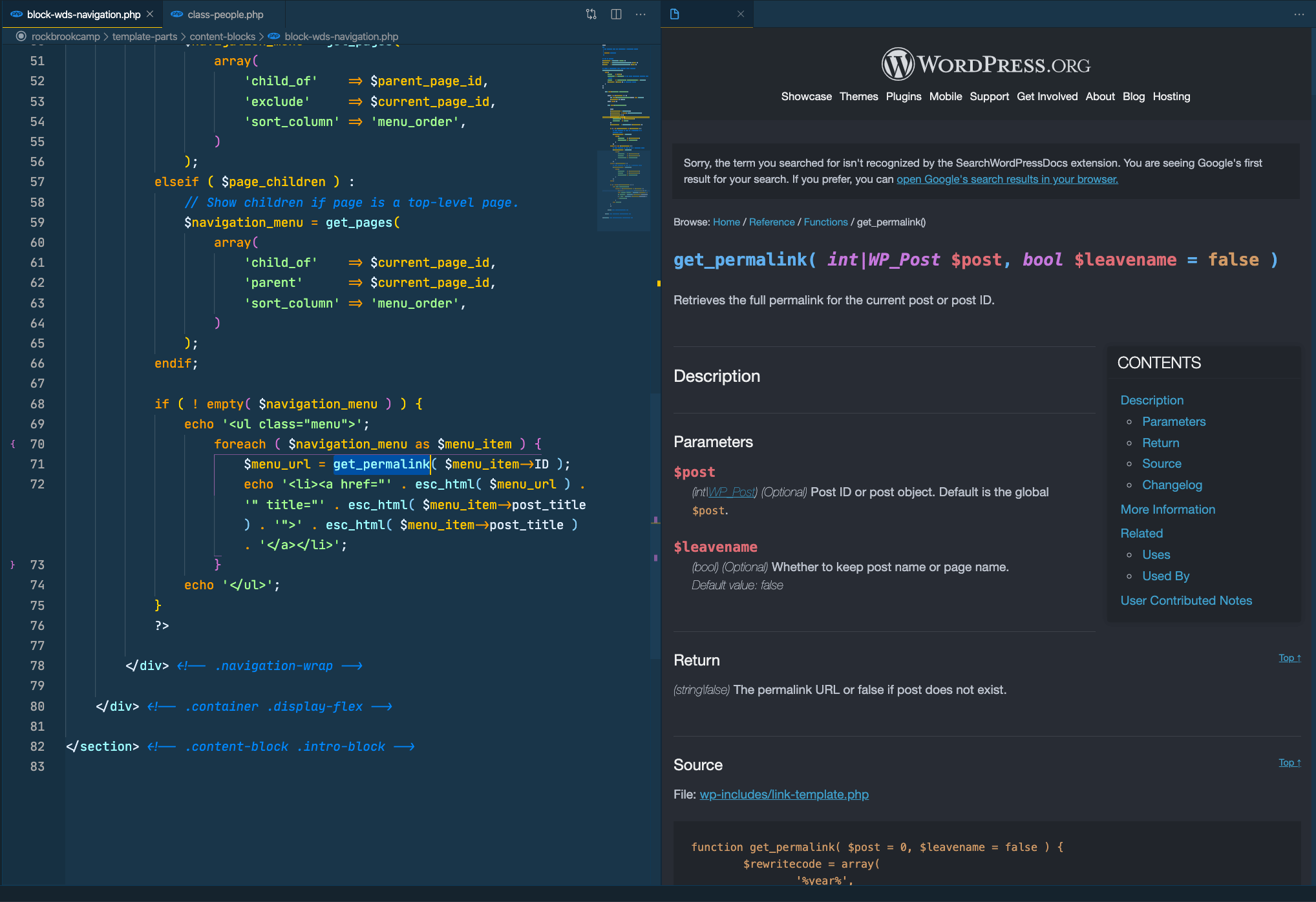

NET Core 3 wasn't ready at VS 2019 launch time, the. NET Core is the future and is prodding developers to get onboard and forget (well, at least deprecate) the ageing, Windows-only. NET Core 3 would have been available as a general availability release when VS 2019 launched on April 2, as it's central to Microsoft's new development direction. In the best of worlds, the open source, cross-platform. NET Core 3 isn't even here yet, but already there are many useful Visual Studio extensions available to help developers get a head start on the future of Microsoft-centric programming. Testing is an increasingly important part of a software development workflow.Visual Studio 2019 just launched, and.

In many cases, it is insufficient to test a program simply by running it and trying it out – as the scope of the project gets more involved, it becomes increasingly necessary to be able to test individual components of the code on a structured basis. If you’re a C++ developer and are interested in unit testing, you’ll want to be aware of Visual Studio’s unit testing tools. This blog post goes over the following concepts: This post goes through just that, and is part of a series aimed at new users to Visual Studio. Using the Test Explorer to Run Tests in the IDE.The Microsoft Native C++ Unit Test Framework. The easiest and most organized way to set up unit tests is to create a separate project in Visual Studio for your tests. Right-click your solution and choose Add > New > Project.Assuming you already have some code that you want to test, simply follow these steps to get yourself set up: You can create as many test projects as you want in a solution and connect them to any number of other Visual Studio projects in that solution that contain the code you want to test.


 0 kommentar(er)
0 kommentar(er)
